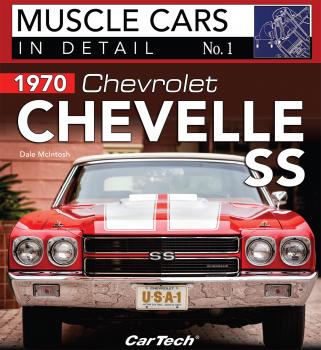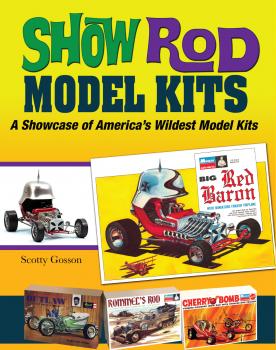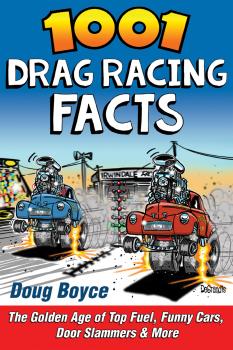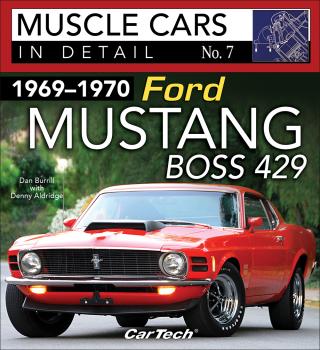Ingram
Все книги издательства IngramVertical Horizons
"Looking back over thirty years of flying for Okanagan, I see the experience has given me an interesting life. I have never really considered flying as work. It is more a way of life, a way of life that nourishes a free spirit, something that not many jobs can give you. I just cannot imagine anything I would… rather have done or any company I would have rather worked for."
–Jim Reid, pilot
In 1945, following years as an instructor, Carl Agar was honourably discharged from the British and Commonwealth Air Training Plan and moved to Penticton where he began looking for flying opportunities. A first attempt to start a flying club never took off but Agar and his partners Barney Bent and Alf Stringer were determined to get off the ground. They began looking at commercial ventures and in 1947 Okanagan Air Services (OAS) was formed to provide instruction and contract work. After a rough start–while demonstrating fruit spraying, Agar crashed a helicopter into power lines–the company got a break in May 1948 when the Fraser floods swamped the valley and OAS received a mosquito-spraying contract. From there the company flourished, going on to fly the first unaccompanied commercial helicopter ferry flight from Canada to the UK, monitor polar bears in the High Arctic, provide offshore oil rig support during monsoons, and, at the company's high point, operate in over 33 countries with 600 employees and 126 helicopters. Back home, Agar opened the Mountain Flying School in Penticton, which is still in operation today and has trained thousands of civilian and military pilots from all over the world.
Vertical Horizons is also the story of the employees who were pivotal to the success of the company. Individuals' experiences range from tragic to humorous and include a UFO sighting in the Arctic, witnessing the Jonestown massacre and a rescue of Vietnamese refugees off the coast of Thailand.
Featuring first-hand accounts, extensive research and a multitude of photographs, Vertical Horizons is the first-ever history of the company that pioneered flying high-mountain terrain–making it a must-read for any aviation buff.
1970 Chevrolet Chevelle SS
As in all In Detail Series books, you get an introduction and historical overview, an explanation of the design and concepts involved in creating the car, a look at marketing and promotion, and an in-depth study of all hardware and available options, as well as an examination of where the car is on the market today.
Show Rod Model Kits
Whether you are interested in picking up the collecting hobby, just want a few cool kits from your childhood to display, or simply want to reminisce about building and obsessing over these crazy kits from your youth, Show Rod Model Kits: A Showcase of America's Wildest Model Kits will be a fun addition to your library.
Ford Small-Block Engine Parts Interchange
Thoroughly researched and focused entirely on the small-block Windsor and Cleveland engine families, Ford Small Block Engine Parts Interchange includes critical information on Ford’s greatest small-block engines and goes into great detail on the highly desirable high-performance hardware produced throughout the 1960s, 1970s, and 1980s.
1969 Plymouth Road Runner
Volume No. 5 of CarTech's Muscle Cars In Detail series covers the wildly popular 1969 Plymouth Road Runner and includes an introduction and historical overview, an explanation of the design and concepts, a look at marketing and promotion, and an in-depth study of all hardware and available options, as well as the market value for the car today.
AMC Javelin, AMX, and Muscle Car Restoration 1968-1974
You will find coverage of all steps throughout: from turning your first bolt to tumbling the key in the ignition following completion of your restoration. Whether you own an AMC muscle car, especially a Javelin or an AMX, this restoration guide will be your go-to source for restoring glory to your unique AMC muscle car.
Chrysler A-833 Transmissions
Making horsepower at Chrysler in the early 1960s was nothing new for the Pentastar brand. The 413 RB engine had been producing more than 350 hp since the late 1950s. Joining the lineup in 1963, the 426 Wedge doubled down on the fact that Chrysler was all-in on going fast. The one weakness holding them back from total domination on the streets and strips was with their dated and tired manual shifter, the BorgWarner T-10 transmission. That all changed with the advent of its replacement, the New Process A833.<p>Jamie Passon of Passon Performance has used his decades of knowledge on the A-833 to create the ultimate book on rebuilding a Chrysler 4-speed. He begins with a historical overview of the long-tenured A-833 and jumps into dissecting what could be malfunctioning in your transmission. The bulk of the book concentrates on disassembling, inspecting, repairing, and reassembling the A-833. With 400 photos, the author shows you exactly how to rebuild your transmission featuring how-to sequences that walk you through each phase. <p>Whether you own a Polara, Road Runner, Challenger, or Ram truck, you need to have the confidence that your transmission is in top-notch, working condition. Now is the time to eliminate that annoying grind when you put your Mopar into reverse. You can pull out your A-833 and tear into it with this valuable resource.
Ford Coyote Engines
Veteran Ford writer and historian, Jim Smart, explains and highlights all of the latest and greatest options to achieve more horsepower and torque, and of course, faster quarter-mile times. Some of the upgrades covered are engine building techniques, cold-air induction kits, supercharger and pulley kits, better exhaust headers, fuel system and ECU tuning upgrades, and more.
1001 Drag Racing Facts
Spanning the 1950s through the 1970s, 1001 Drag Racing Facts is packed with well-researched drag racing facts that even some of the most hard-core drag racing fans might be surprised to learn. Covered are all the popular classes of racing of the era: Top Fuelers, Funny Cars, Pro Stocks, Eliminators such as Gassers and Altereds, Stocks, Super Stocks, and more.
1969-1970 Ford Mustang Boss 429
Not to be outdone by Chrysler, Ford had to build and field its own race-duty big-block to compete with the 426 Hemi in drag and stock car racing. In competition trim, the Boss 429 powered Ford and Mercury stock cars to victory in NASCAR and the Mustang to many wins in drag racing. With this exclusive racing pedigree, the Boss 429 is among the most valuable and rare Mustangs ever built. The project was the brainchild of Bunkie Knudsen, noted stylist Larry Shinoda, and other talented Ford personnel. The semi-hemi Boss 429 was so large, it couldn't fit in the small Mustang, so Kar-Kraft, a specialty car builder, had to shoehorn the engine into the compact Mustang fastback. Author Dan Burrill collaborated with Boss 429 expert Denny Aldridge to give you the straight story on the car, its special equipment, 429 engine, 4-speed Toploader transmission, interior appointments, paint codes, and options. Also featured is the exciting story of developing this monumental engine, engineering the components and parts to fit the engine and chassis, and assembling the cars. Each volume in the In Detail Series provides an introduction and historical overview, an explanation of the design and concepts involved in creating the car, a look at marketing and promotion, an in-depth study of all hardware and available options, and an examination of where the car is on the market today. Also included are paint and option codes, VIN and build tag decoders, as well as production numbers.









